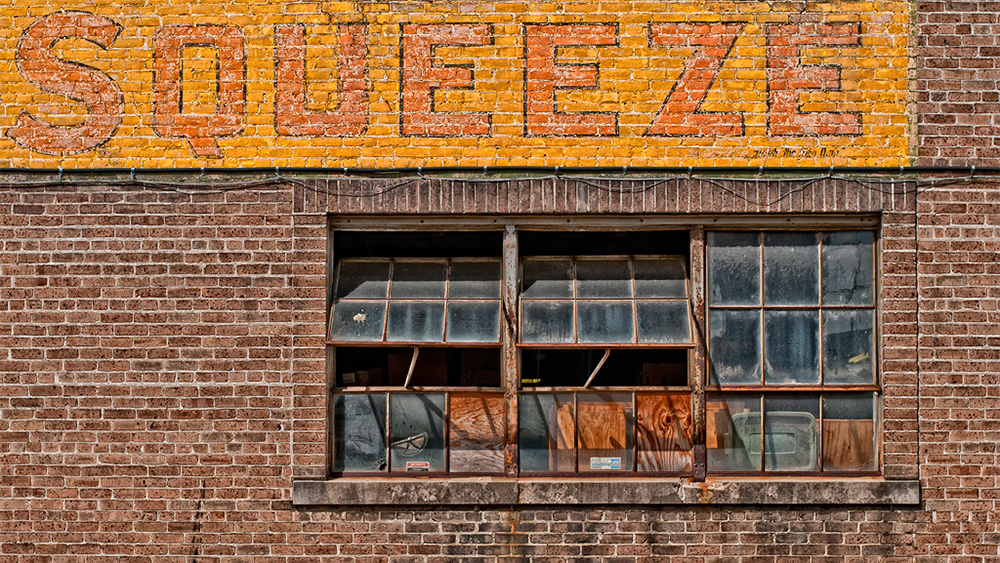
There are better solutions to shrinkflation than pressuring your suppliers. Credit: “Squeeze” by Scott Web
To address shrinkflation, by July 1, 2024, stores in France will have to put warning notices in front of all products that have been reduced in size or volume without a corresponding price cut.
|
ADVERTISEMENT |
“Shrinkflation is a rip-off. We’re putting an end to it,” says France’s economy and finance minister, Bruno Le Maire. “I want to rebuild consumers’ confidence, and confidence goes hand in hand with transparency.”
To avoid being one of the companies “ripping off” consumers, some manufacturers are pressuring suppliers to lower their costs. While squeezing suppliers on price may seem a safer substitute to shrinking product sizes, maintaining prices, and then displaying this move to shoppers, it’s counterproductive. The old practice of beating suppliers down on price doesn’t work in today’s uncertain landscape. Now, businesses need resilience. But they will find themselves in a bind if they use suppliers to cut costs.
…
Comments
Henry Ford practiced supplier development long ago
Although Henry Ford had no tolerance for suppliers who charged high prices to cover waste built into their systems, he realized that suppliers had to get a square deal from the relationship. He accordingly taught suppliers how to remove waste from their operations so they could give Ford the low prices he wanted, pay higher wages, and earn higher profits simultaneously.
From Today and Tomorrow (1926), "The man finally consented to try to manufacture at exactly one half his former price. Then, for the first time in his life, he began to learn how to do business. He had to raise wages, for he had to have first-class men. Under the pressure of necessity, he found he could make cost reductions here, there, and everywhere, and the upshot of it was that he made more money out of the low price than he had ever made out of the high price, and his workmen have received a higher wage."
Ford's production chief Charles Sorensen added that the supplier had wanted $152 per car body. Sorensen showed how to make the bodies for $50 each, and Ford would pay $72 (less than half the original price). However, eradication of waste from the job meant the supplier made more money, and also paid higher wages in the bargain. This is what Dr. Stephen Covey would have called a win-win outcome.
None of this means consumers should tolerate shrinkflation. One company already sells high-priced ice cream in one-pint containers, and will not allow consumers to buy the product in the standard three pint quantities that are more economical. They announced a decision to reduce the portion size, but did not reduce the price, which I perceive as a desire to sell packaging and labels rather than product. The obvious solution is to buy the 3 pint store brands instead. Another example was an expensive restaurant that served children's portions for adult prices; I am sure they saved perhaps a dollar or two on the ingredients but that was the last as well as the first time they ever served me anything. France has the right idea; make the shrinkflation transparent to consumers so they can make their own decisions.
Add new comment